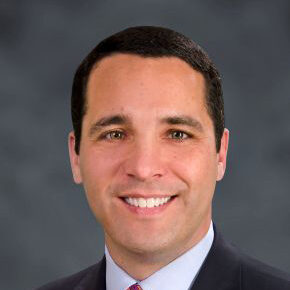I got up early today and started to crank out some work. I was motivated because today was a day I didn't have to speak with co-workers or talk to our clients. I could sit down and just get some stuff done. I came across a great talk by Jason Fried, the co-founder of 37Signals a company responsible for Basecamp and other web-based collaboration tools (we are happy clients of their software).
It really struck a chord with me that very few of us work in environments where we truly have large blocks of time to "get real work done".
Jason discusses the most common answers people give when asked "Where do you go when you really need to get something done?" He says the answers fall in 3 categories, a place or room, a moving object, or a time. For example, people will say a porch, a deck, a room in the house, or a coffee shop when addressing a location. They will also answer that work gets done on their commute, in a train, a car, or a plane for example. Finally, they will answer that the place doesn't matter as long as it's early in the morning, late at night, or on a weekend. Interestingly, people do not say the office during work hours.
The reason for our lack of productivity at work, Jason says, is because of involuntary distractions. He argues that in order to "get stuff done" people need blocks of uninterrupted time. The problem with most offices is that the day is filled with involuntary interruptions and most of the blame lies with managers and meetings. Managers and meeting create interruptions and distractions that take away from valuable work time.
I think most of us can identify with his observations. But the million dollar question is how can we make our work environments more productive places? Jason offers a few suggestions:

Over the years, law firm prospects have sent us reports from just about all of our competitors. Unfortunately, even today, some law firm marketing agencies still mislead their clients via "reporting." One particularly egregious example comes in the form of ranking reports. Which prompted this LinkedIn post. To my surprise, I received a lot of […]
John Wanamaker supposedly said "Half the money I spend on advertising is wasted; the trouble is I don't know which half." In an an effort to figure out "what half is working," attribution was born. Coupled with a transition from traditional, offline ads to digital media, attribution became the holy grail for analyzing advertising spends. But […]
I recently asked ChatGPT, "What are some of the top personal injury law firms in Chicago?? Actually, first I ask "who are some of the top personal injury lawyers in Chicago?" ChatGPT couldn't handle that one, so I modified the prompt. ChatGPT listed five very well-known firms downtown. Can you guess the other four? That's […]
If you're like me, you have some degree of AI, ChatGBT, Bard, exhaustion. Now don't get me wrong, this is stuff is remarkable and is changing, well, a lot. But before you hook up the ChatGPT API to your WordPress API and crank out 10,000 pages, here are a few things to think about. Let's […]
If you know me, you know my opinions about links and SEO advice from Google. If you don't, here's the TL;DR: Meh, links! Meaning, all things being equal, links still remain a competitive difference maker for ranking. Take Google's SEO advice with several grains of salt. Google has no economic incentive to help your site […]
The best marketing advice I can give you is to be authentic. Of course, you don't find that very helpful in terms of meeting your growth goals. So, you might decide to game the system. As I'm writing this, one of the more popular ways to gain the system is to pay for engagement. This […]
The following post was written by ChatGPT. ChatGPT, developed by OpenAI, is a state-of-the-art language model that can generate human-like text based on a given prompt or context. This technology has the potential to revolutionize the way that businesses, including law firms, market themselves to potential clients. One way that a law firm could use […]
How long does SEO take? When can I expect to see results? What results should I expect to see? These are all reasonable questions that we field from lawyers every day. And, like many legal answers, the answer is: It depends. Yes, I know that's not the answer you wanted. But it's the most honest […]
And how much time should they spend doing it? I recently had the privilege of chatting with Tyson, Jim, and Conrad for an upcoming episode of The Maximum Lawyer Podcast. If you're not familiar with The Maximum Lawyer community, you should definitely check it out. Jim asked a really great question about who should do […]
Very good article....and I'm sure that employee with agree with the "cancelling meetings" portion.